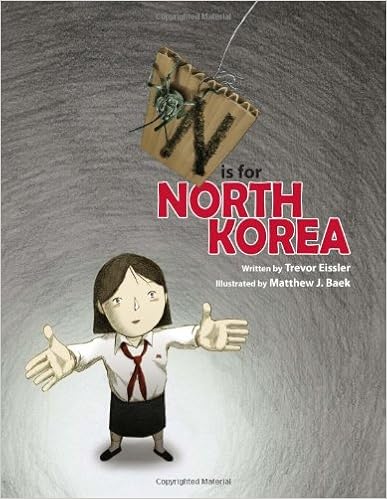Promoting picture books may be one of the toughest tasks I have on my campus of high-achieving students. Some of my youngest students (and their parents) are so eager to jump into chapter books as soon as their assessed reading level points them in that direction. It's a balancing act; I don't want to squelch their enthusiasm for reading, but I don't want them to miss out on the experience that picture books provide.
I'm convinced that the ability to read pictures--to be visually literate, not just print literate--is tied to other important academic and social skills. In a picture book, the words only tell part of the story, and the reader must fill in the blanks with information from the illustrations--a built-in lesson on inference,which always seems to be an area of need in our assessment results. This ability to "read between the lines" is essential to understanding print literature and critical thinking.
I also believe that reading pictures is practice in reading social situations, too. Paying attention to the details in one's environment, the expressions on people's faces, the "vibe" of the space you enter helps you navigate socially. Spending time looking at the illustrations in a book helps children practice those skills.
**********
I picked up an interesting picture book at our librarians' meeting this year: N is for North Korea, by Trevor Eissler, illustrated by Matthew J. Baek.
Na-Young is a little girl living in North Korea who finds out she has a cousin in South Korea. She wants to contact her, but her father tells her that isn't possible. Upon receiving her first helium balloon, she hatches a plan to use the balloon to send a message to her cousin.
This book is a great example of pictures expanding the scope and depth of a story. While the words tell a simple tale of a girl trying to get a message to a cousin, the illustrations allude to the political climate in North Korea and the tensions with South Korea. Getting older elementary students to wonder about the details (the pictures on the wall, propaganda posters, mode of transportation, soldiers at the border) can segue into learning about those two countries.
So please, don't be in such a hurry to rush your young students into chapter books, and let your older ones venture into the picture book section without judgement, too. There is learning to be had in the "Everybody" section of the library.

No comments:
Post a Comment